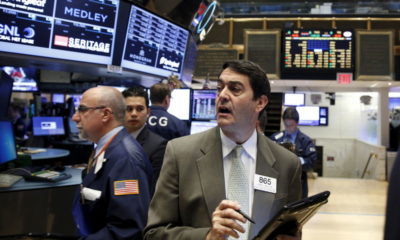The cryptocurrency market is facing a turbulent period, marked by significant declines and waning investor confidence.
Bitcoin, the leading digital asset, has dropped to a one-month low, trading at approximately $62,275 as of Monday morning in London.
This decline is part of a broader downturn in the crypto market, which has seen its second-worst weekly performance of 2024.
The overall gauge of the largest 100 digital assets fell by about 5% over the past week, according to data compiled by Bloomberg.
This represents the worst decline since April and highlights the growing concerns among investors regarding the future of digital currencies.
A key factor contributing to this downturn is the cooling demand for Bitcoin exchange-traded funds (ETFs).
Over the past six days, U.S. Bitcoin ETFs have experienced a consistent outflow of funds, undermining the confidence of investors who were hoping for a steady influx of capital into these investment vehicles.
This has compounded the already existing uncertainties surrounding the cryptocurrency market.
Adding to the market’s woes is the prevailing uncertainty over the Federal Reserve’s monetary policy.
Speculation about the Fed’s ability to cut interest rates from their current two-decade high has created a cloud of doubt over the entire financial market, including cryptocurrencies.
Analysts suggest that this uncertainty is dampening broader risk appetite, with investors becoming increasingly cautious about their investments in volatile assets like Bitcoin.
David Lawant, the head of research at FalconX, noted that the current crypto market dynamic is “characterized by low volatility, soft volumes, and order books getting unbalanced when prices start to move to the edges of their range.”
This imbalance has made the market more susceptible to sharp declines, as seen in the recent slump.
The declines in other major cryptocurrencies are also noteworthy. Ether and Solana have experienced their longest streaks of weekly declines since last year and 2022, respectively.
This comes despite preparations by fund companies to launch the first U.S. ETFs that invest directly in Ether, the second-ranked crypto asset. Solana, once a favorite among digital-asset hedge funds, has also seen significant drops.
Bitcoin, which hit a record high of $73,798 in March, is now trailing behind traditional assets such as stocks, bonds, and gold this quarter.
Analysts are now focusing on the 200-day moving average, currently at around $57,500, as a potential zone of support for Bitcoin’s price.
Tony Sycamore, a market analyst at IG Australia Pty, suggests that this level could provide some stability in the coming weeks.
As the cryptocurrency market navigates through these challenges, investors and analysts alike are keeping a close watch on any developments that could influence the market’s direction.
For now, the sentiment remains cautious, with many waiting to see if the recent declines will continue or if a recovery is on the horizon.

 Billionaire Watch3 weeks ago
Billionaire Watch3 weeks ago
 Startups4 weeks ago
Startups4 weeks ago
 News4 weeks ago
News4 weeks ago
 News4 weeks ago
News4 weeks ago
 Bitcoin4 weeks ago
Bitcoin4 weeks ago
 Naira4 weeks ago
Naira4 weeks ago
 Forex3 weeks ago
Forex3 weeks ago
 Treasury Bills4 weeks ago
Treasury Bills4 weeks ago























